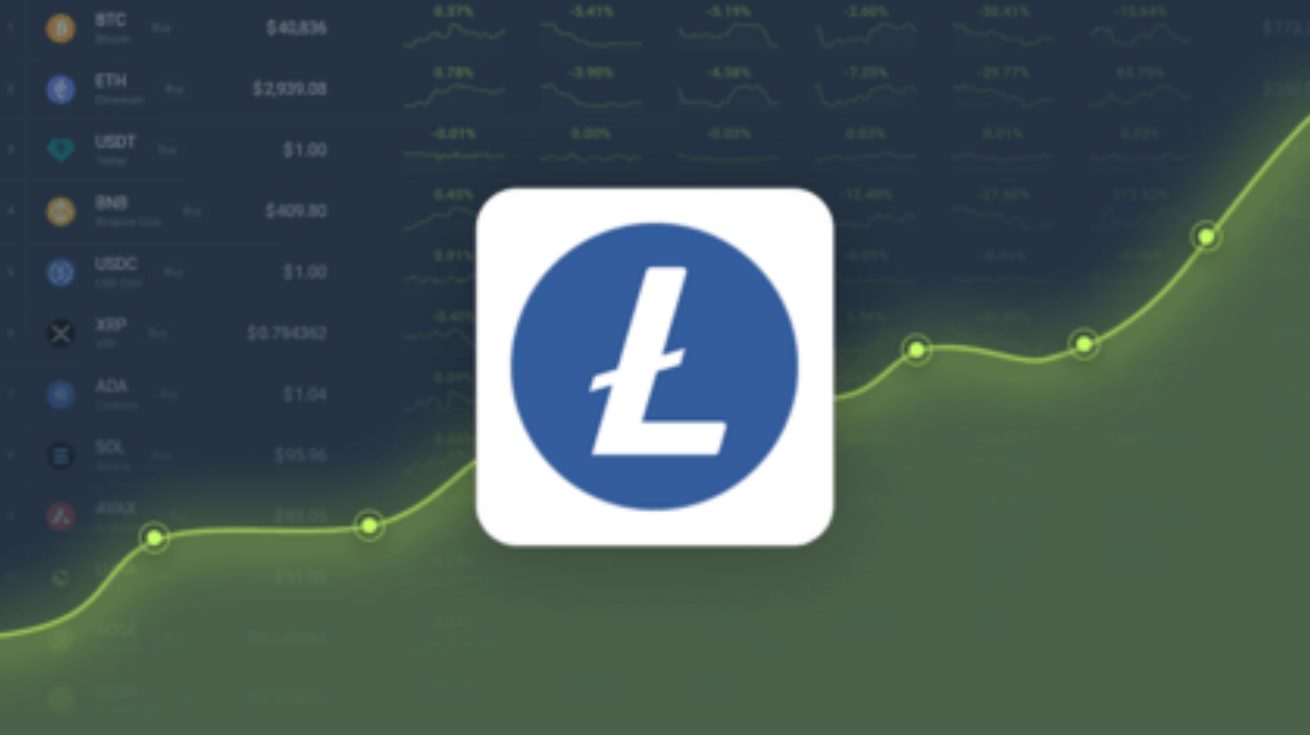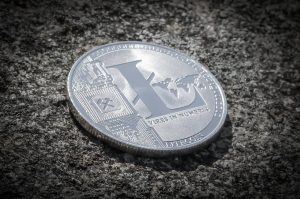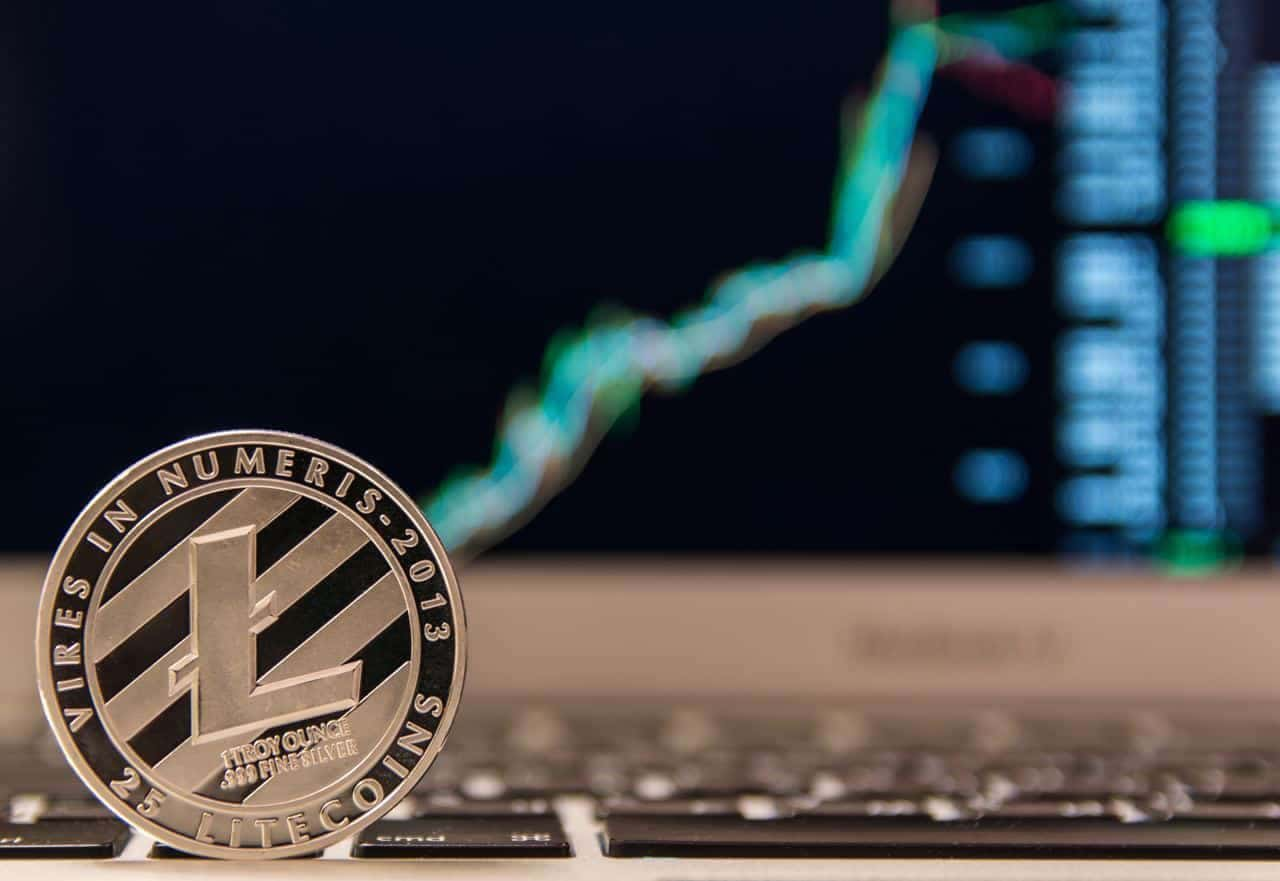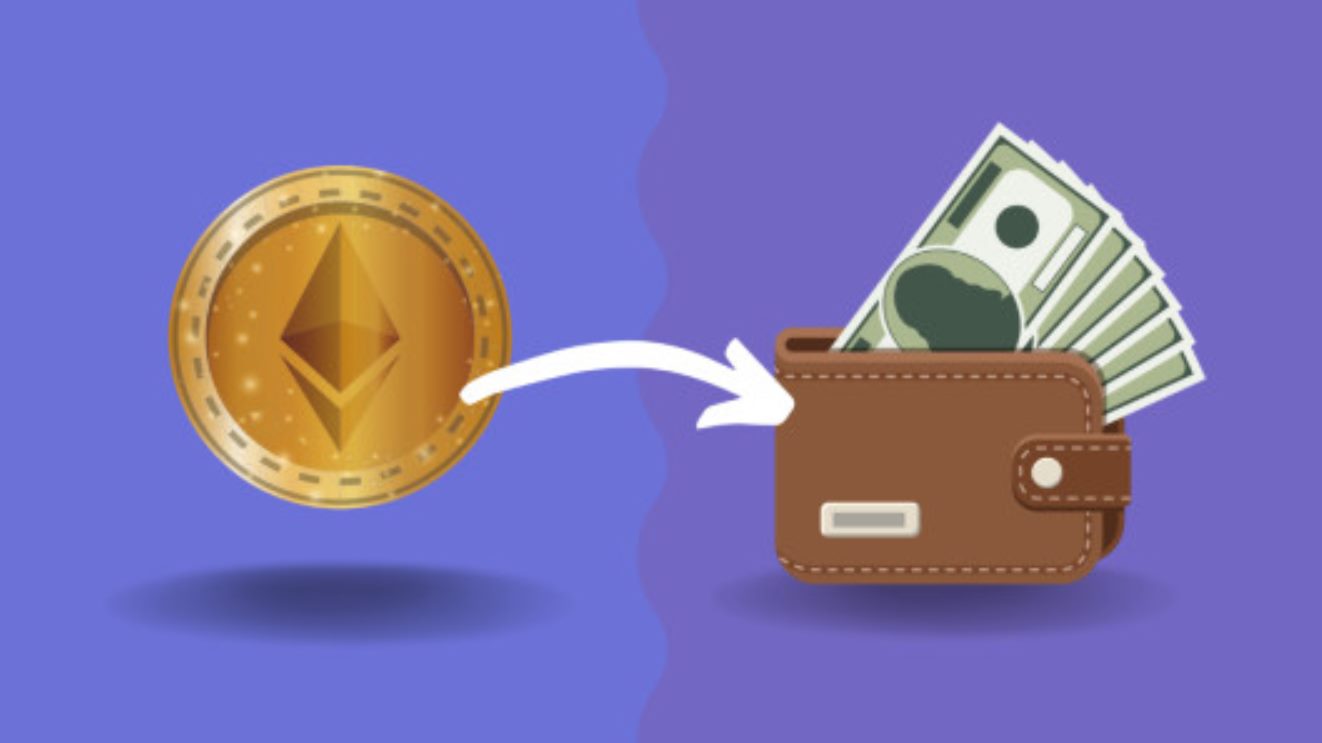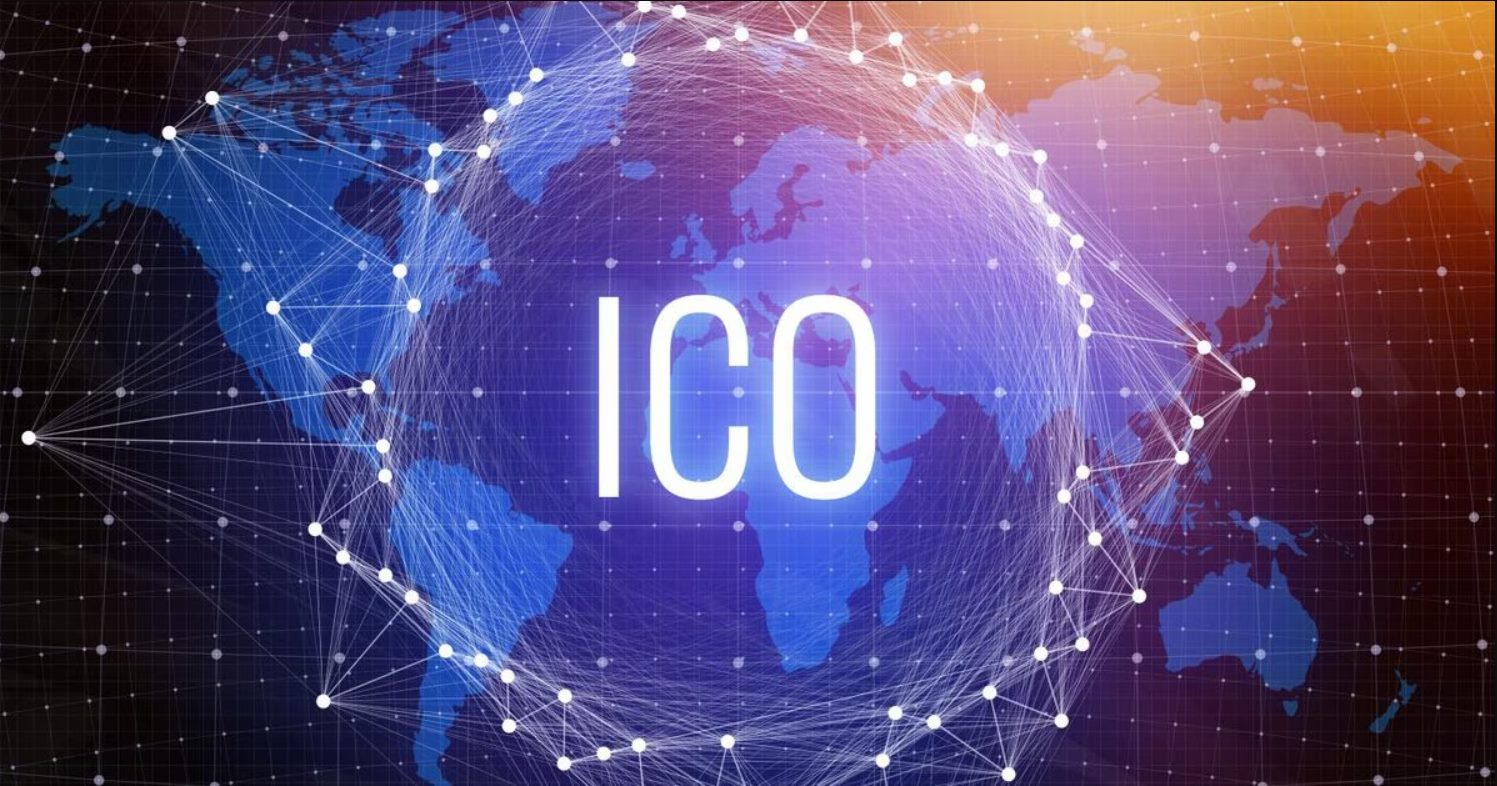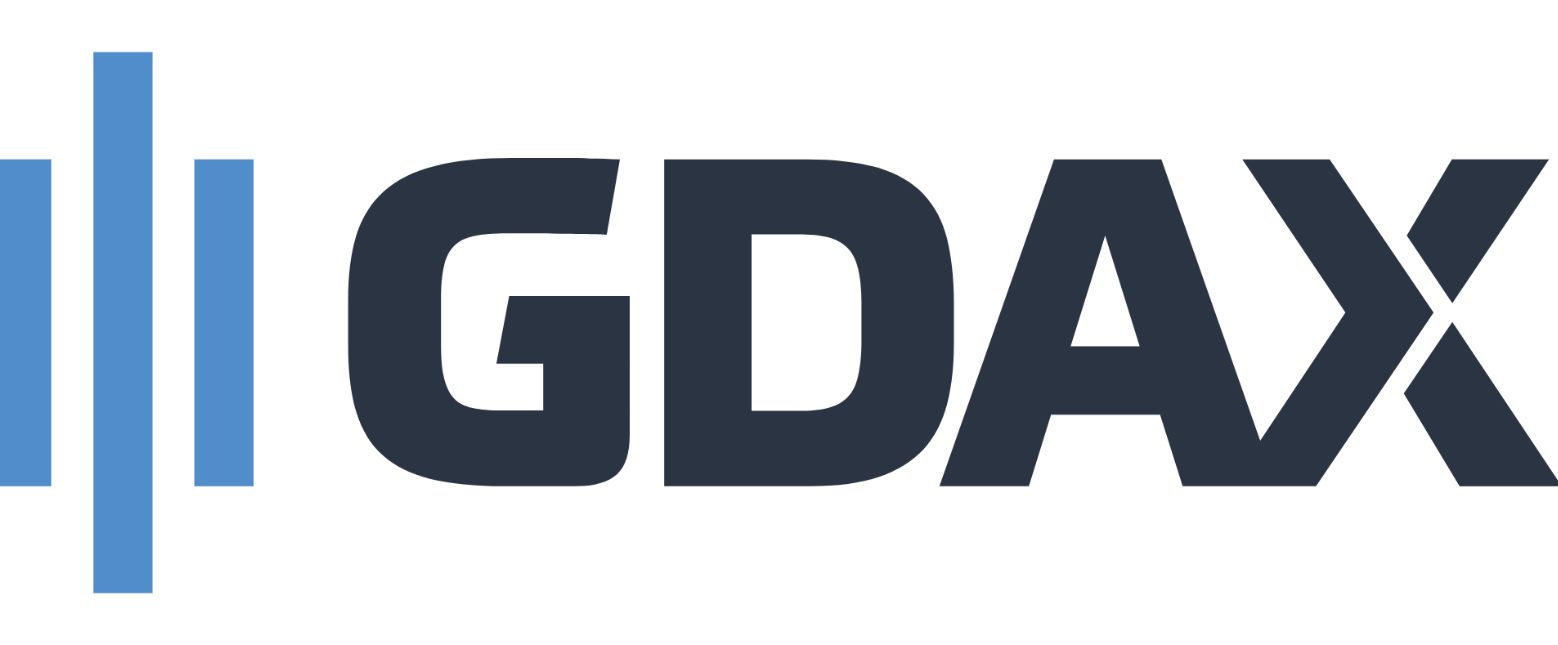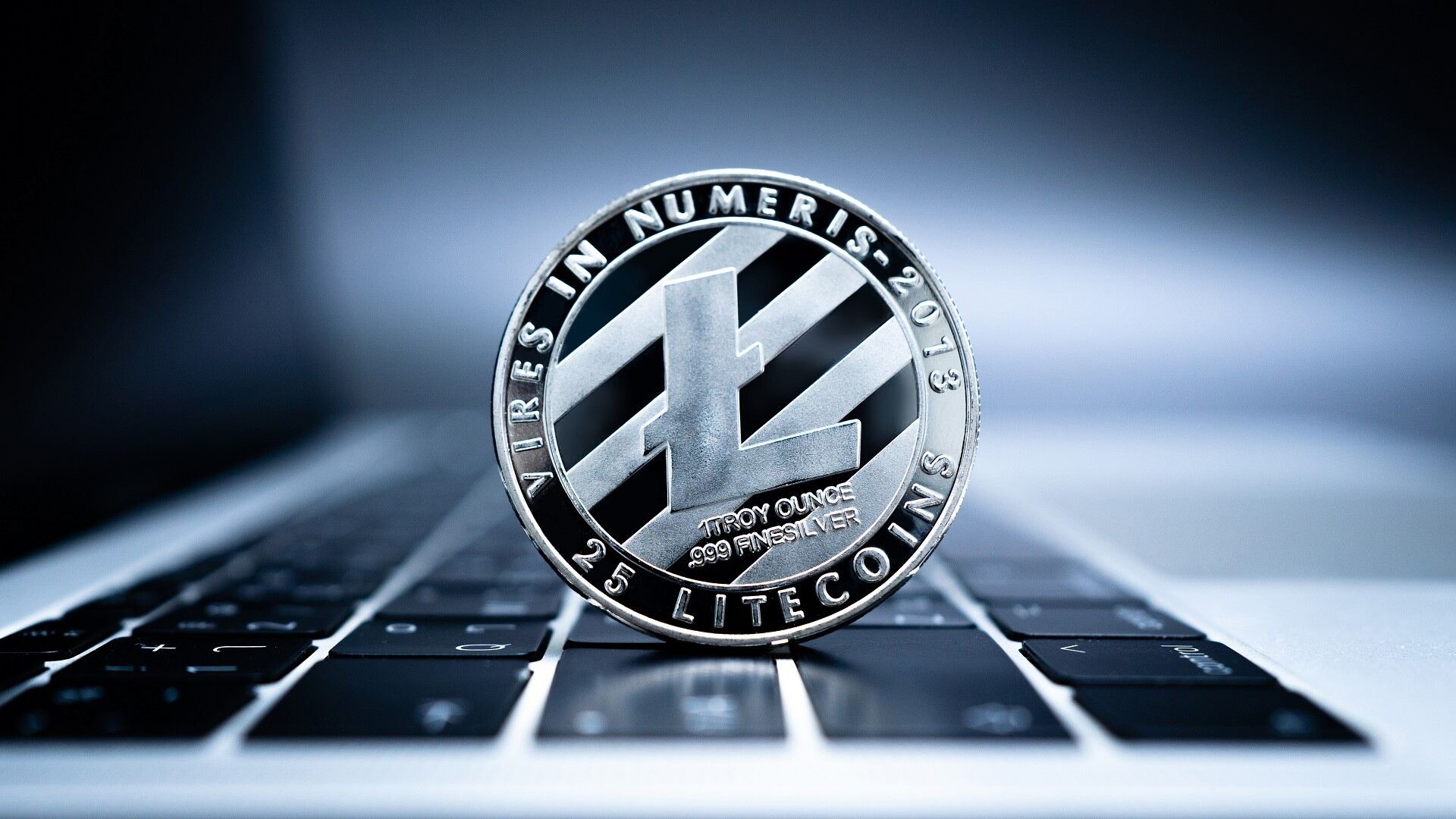Introduction
Welcome to the world of Litecoin, a popular and widely traded cryptocurrency that has gained significant attention in recent years. As the cryptocurrency market continues to grow and evolve, many investors are curious about the potential of Litecoin and how high its price could soar. In this article, we will explore the historical performance of Litecoin, the factors influencing its price, and analyze predictions made by crypto experts to gain insights into its future trajectory.
Litecoin, often referred to as the “silver to Bitcoin’s gold,” was created by Charlie Lee, a former Google engineer, in 2011. Similar to Bitcoin, Litecoin operates on a decentralized network using blockchain technology, allowing for secure and transparent transactions. However, there are a few key differences that set Litecoin apart.
One notable distinction is the speed of transaction confirmation. Litecoin offers faster block generation times, resulting in quicker transaction verifications compared to Bitcoin. This feature has made Litecoin an attractive option for those seeking faster and more efficient transactions.
Litecoin has experienced significant price fluctuations since its inception. Like other cryptocurrencies, its value is influenced by various factors such as market demand, adoption rates, technological advancements, regulatory developments, and investor sentiment. Understanding these factors is crucial in predicting the future price of Litecoin.
Moreover, Litecoin’s price trend has often been correlated with the performance of Bitcoin. As Bitcoin’s price rises or falls, Litecoin tends to follow suit. This interdependence can be attributed to Bitcoin’s dominance as the market leader and its impact on the overall cryptocurrency ecosystem.
It is worth noting that the cryptocurrency market is known for its volatility, and prices can fluctuate rapidly within short periods. This volatility presents both opportunities and risks for investors looking to capitalize on the potential gains of Litecoin. Therefore, it is important to approach cryptocurrency investments with a long-term perspective and caution.
Throughout this article, we will delve into the various factors that influence Litecoin’s price, compare its performance to other cryptocurrencies, analyze predictions made by industry experts, and examine potential risks that may affect its growth trajectory. By the end of this read, you will gain a comprehensive understanding of Litecoin’s potential and have a clearer picture of how high its price may go.
Historical Performance of Litecoin
Since its launch, Litecoin has experienced significant growth and development, making it one of the most prominent cryptocurrencies in the market. In the early years, Litecoin’s price remained relatively stable, trading at around a few dollars. However, the cryptocurrency boom of 2017 catapulted Litecoin’s value to new heights.
In December 2017, Litecoin reached its all-time high of around $360, marking an astronomical increase from its humble beginnings. This surge was fueled by the overall market hype and the growing interest in cryptocurrencies. Investors were drawn to Litecoin’s faster transaction speed and lower fees compared to Bitcoin, positioning it as a viable alternative digital currency.
Following the peak in 2017, the cryptocurrency market experienced a significant correction, commonly referred to as the “crypto winter.” During this bearish phase, Litecoin, like other digital assets, faced a substantial decline in value. Throughout 2018 and early 2019, Litecoin’s price remained relatively stagnant, hovering between $20 to $100 range.
However, as the crypto market regained momentum, Litecoin saw a resurgence in its price. In 2020, Litecoin nearly tripled its value, reaching over $80. This upward trend continued into 2021, with Litecoin hitting its highest price since 2018, surpassing $400 in May.
It is important to note that the cryptocurrency market is highly volatile, and Litecoin’s price can fluctuate significantly within short periods. It has experienced multiple cycles of ups and downs, driven by various factors such as market sentiment, regulatory changes, technological advancements, and investor demand.
Despite the inherent volatility, Litecoin has demonstrated resilience and an ability to recover from market downturns. As one of the longest-standing cryptocurrencies, Litecoin has built a strong community and has become integrated into many crypto exchanges and payment platforms.
Litecoin’s historical performance showcases its potential for growth and demonstrates its ability to adapt to the changing dynamics of the cryptocurrency market. This performance, along with other factors, has contributed to the growing interest in Litecoin and its potential to achieve even higher prices in the future.
Factors Influencing Litecoin’s Price
The price of Litecoin, like any other cryptocurrency, is influenced by a multitude of factors that impact market demand and investor sentiment. Understanding these factors is crucial in predicting and assessing the potential future price movements of Litecoin.
1. Bitcoin’s Performance: Litecoin has historically shown a strong correlation with Bitcoin’s performance. As Bitcoin is the most well-known and dominant cryptocurrency, changes in Bitcoin’s price often have a ripple effect on the broader cryptocurrency market, including Litecoin. Positive movements in Bitcoin tend to drive up investor confidence and overall market sentiment, leading to increased demand for Litecoin.
2. Market Demand and Adoption: The level of demand for Litecoin plays a significant role in determining its price. Increased adoption and usage of Litecoin in various industries and platforms can drive up demand, thus potentially raising its value. Factors such as merchant acceptance, availability on crypto exchanges, and integration into payment solutions contribute to the overall adoption of Litecoin.
3. Technological Advancements: Developments and improvements in Litecoin’s underlying technology can impact its price. Upgrades in speed, security, scalability, or addition of new features can attract more users and investors, leading to a potential increase in demand. Litecoin’s community and development team are continuously working on enhancing its capabilities and implementing improvements to stay competitive in the evolving cryptocurrency landscape.
4. Regulatory Environment: Changes in government regulations and policies regarding cryptocurrencies can have a significant impact on Litecoin’s price. Positive regulatory developments, such as clearer guidelines or increased acceptance, can bolster investor confidence and create a favorable environment for cryptocurrency investments. On the contrary, unfavorable regulations or bans on cryptocurrencies can lead to a decline in demand and subsequently affect Litecoin’s price negatively.
5. Investor Sentiment: The emotional and psychological factors driving investor sentiment can influence the price of Litecoin. Positive news, media coverage, and overall market optimism can create a bullish sentiment, leading to increased buying pressure. Similarly, negative news, scandals, or market uncertainty can trigger a bearish sentiment, resulting in a decrease in price.
6. Coin Supply and Halving Events: The supply dynamics of Litecoin also impact its price. Litecoin follows a predetermined issuance schedule, and the production of new coins is halved approximately every four years. These halving events, similar to Bitcoin, reduce the rate at which new coins are introduced into circulation, potentially creating scarcity and driving up the price due to increased demand and limited supply.
It is important to note that these factors interact and influence each other in a complex manner. Additionally, external events, such as global economic conditions, geopolitical developments, and technological advancements in the broader financial industry, can also indirectly impact Litecoin’s price.
By closely monitoring and analyzing these factors, investors and market participants can gain insights into the potential future price movements of Litecoin and make informed investment decisions.
Comparison of Litecoin to Other Cryptocurrencies
When assessing the potential of Litecoin and its price trajectory, it is essential to understand how it compares to other cryptocurrencies in the market. Let’s take a closer look at how Litecoin stacks up against some of its main competitors.
1. Bitcoin (BTC): As the first and most well-known cryptocurrency, Bitcoin has established itself as the market leader. While Litecoin shares many similarities with Bitcoin, such as decentralized blockchain technology, it also offers distinct advantages. Litecoin’s faster block generation time and ability to process transactions more quickly make it a preferred option for those seeking faster and more efficient payments. However, Bitcoin’s wider adoption and recognition give it a higher level of liquidity and acceptance.
2. Ethereum (ETH): Ethereum differentiates itself by being more than just a digital currency. It also provides a platform for the creation of smart contracts and decentralized applications (dApps). While Litecoin focuses primarily on transactions and payments, Ethereum offers a broader range of functionalities. This distinction has led to different use cases and target audiences for the two cryptocurrencies.
3. Ripple (XRP): Ripple stands out for its focus on facilitating fast and low-cost international money transfers, making it a popular choice for banks and financial institutions. In contrast, Litecoin’s use case is more aligned with peer-to-peer payments and general transactions. The differing target markets and functionalities make Ripple and Litecoin operate in different spheres within the cryptocurrency ecosystem.
4. Cardano (ADA): Cardano is a blockchain platform that aims to provide a more secure and scalable infrastructure for building and running decentralized applications. While both Litecoin and Cardano share a focus on technology and blockchain innovation, Cardano’s primary objective is to provide a robust platform for developers, whereas Litecoin’s primary focus remains on transactional efficiency.
5. Binance Coin (BNB): Binance Coin is the native cryptocurrency of the Binance exchange. It offers various utility functions within the Binance ecosystem, such as trading fee discounts and participation in token sales. As a result, Binance Coin’s value is closely tied to the success and adoption of the Binance platform. Unlike Binance Coin, Litecoin does not have a specific utility within a particular platform and is primarily positioned as a digital currency for everyday transactions.
While these examples highlight the differences between Litecoin and other cryptocurrencies, it is important to note that each cryptocurrency has its own value propositions, target markets, and objectives. Understanding these distinctions enables investors to make informed decisions and identify which cryptocurrencies align with their investment goals.
Ultimately, the performance of Litecoin relative to other cryptocurrencies will be influenced by its ability to maintain its competitive advantages, adapt to market demands, and secure continued adoption.
Analyst Predictions and Price Targets
Forecasting the future price of cryptocurrencies is a challenging task, given the volatile and unpredictable nature of the market. However, several analysts and experts have provided their predictions and price targets for Litecoin based on various factors and market trends. It is essential to note that these predictions are subjective and should be considered as speculative rather than definitive guarantees.
Many analysts believe that Litecoin has the potential to experience significant growth in the coming years. Their predictions are influenced by factors such as Litecoin’s historical performance, technological advancements, market demand, and overall market sentiment.
Some analysts predict that Litecoin’s price could continue to rise and surpass its previous all-time high. They cite factors such as increasing adoption, growing prominence as a digital currency, and potential integration with mainstream financial systems as catalysts for potential price appreciation.
On the other hand, there are more conservative predictions that suggest Litecoin’s price may experience steady, incremental growth rather than rapid surges. These predictions often consider Litecoin’s position as a complementary asset to Bitcoin and the broader cryptocurrency market, expecting it to follow similar price patterns while accounting for its unique features and value proposition.
It is important to consider that market sentiment and external factors, such as regulatory developments and global economic conditions, can significantly influence the accuracy of these predictions. Therefore, investors should approach these forecasts with caution and conduct their own research and analysis before making investment decisions.
Furthermore, the cryptocurrency market is inherently volatile, with prices capable of experiencing large swings within short periods. While analysts provide price targets, it remains uncertain how accurate these predictions will be in the long term.
As an investor, it is important to assess multiple perspectives, consider the underlying factors driving Litecoin’s price, and consult with financial advisors or experts who specialize in cryptocurrencies. Diversification and a long-term investment approach can help mitigate risks and capitalize on potential gains.
Ultimately, predicting the future price of Litecoin is a speculative endeavor. While analysts offer insights and predictions based on their expertise, it is crucial to approach these forecasts with caution and focus on understanding the fundamental factors that contribute to Litecoin’s value.
Potential Roadblocks and Risks
While the future of Litecoin holds promising potential, it is important to acknowledge the potential roadblocks and risks that could affect its price and growth trajectory. Understanding these risks allows investors to make informed decisions and manage their investments effectively.
1. Market Volatility: The cryptocurrency market is known for its extreme volatility, characterized by rapid price fluctuations within short periods. Litecoin is not immune to this volatility, and its price can rise or fall significantly based on market sentiment and external factors. Investors should be prepared for the inherent risks associated with such volatility.
2. Regulatory Changes: Government regulations and policies regarding cryptocurrencies can significantly impact their value. Uncertain regulatory environments or unfavorable regulations can create uncertainty and dampen investor sentiment, leading to a decrease in demand and potential price decline. Staying informed about regulatory developments is crucial for understanding the landscape in which Litecoin operates.
3. Technological Advancements: While technological advancements can bring significant benefits and enhancements to Litecoin, they also present risks. New technologies and cryptocurrencies may emerge that offer superior features and functionality, potentially overshadowing Litecoin and affecting its market share and value. Litecoin’s ability to adapt and innovate in response to these developments will be crucial for its long-term success.
4. Competition from Other Cryptocurrencies: Litecoin operates in a highly competitive space, with several other cryptocurrencies vying for market share and investor attention. Increased competition can put pressure on Litecoin’s market position and potentially impact its demand and price. Evaluating Litecoin’s unique value proposition and differentiating factors will be crucial for maintaining its competitive edge.
5. Security Vulnerabilities: The security of cryptocurrencies and the underlying blockchain technology is of utmost importance. While Litecoin has proven to be relatively secure, it is still susceptible to potential security vulnerabilities and cyber-attacks. Heightened security measures, regular audits, and continuous development of robust security protocols are essential to mitigate these risks.
6. Investor Sentiment and Market Manipulation: Detrimental market sentiment, driven by negative news, rumors, or market manipulation, can lead to sharp price declines and investor panic. It is important to remain cautious of market movements and verify information from reliable sources to avoid making impulsive investment decisions based on emotional reactions.
These roadblocks and risks are inherent to the cryptocurrency market as a whole, and Litecoin is no exception. It is crucial to conduct thorough research, monitor market conditions, and diversify investments to mitigate the potential impact of these risks. Understanding the landscape and being prepared for uncertainties will help investors navigate the dynamic world of cryptocurrencies more effectively.
Conclusion
Litecoin has emerged as a prominent player in the cryptocurrency market, offering faster transaction speeds and lower fees compared to its counterparts. Its historical performance, technological advancements, and growing market demand have fueled interest and speculation about its future price potential.
While analyst predictions and price targets provide some insight into Litecoin’s potential growth, it is important to approach these forecasts with caution. The cryptocurrency market is highly volatile, influenced by various factors such as market sentiment, regulatory developments, technological advancements, and investor demand. These factors can impact Litecoin’s price, both positively and negatively.
Potential roadblocks and risks, such as market volatility, regulatory changes, technological competition, and security vulnerabilities, should also be considered. Understanding these risks allows investors to make informed decisions and develop strategies to mitigate potential losses.
In conclusion, Litecoin’s price potential remains uncertain and subject to market dynamics. As with any investment, it is essential to conduct thorough research, stay updated with market trends, and diversify investments to manage risks effectively. Taking a long-term perspective and focusing on the underlying fundamentals of Litecoin will provide a more comprehensive understanding of its potential for growth.
Investing in cryptocurrencies carries inherent risks, and it is important to seek advice from financial professionals experienced in the cryptocurrency space. Litecoin’s future success will depend on its ability to stay relevant, innovate, and adapt to evolving market conditions. By staying informed and being prepared, investors can navigate the cryptocurrency market and make informed decisions regarding Litecoin and their overall portfolio.







